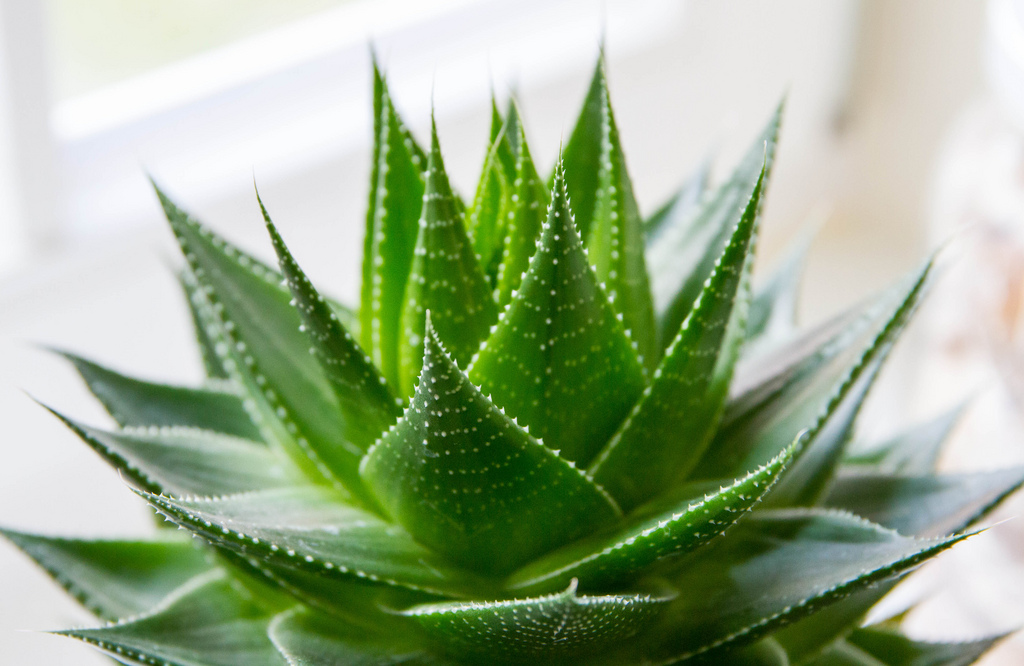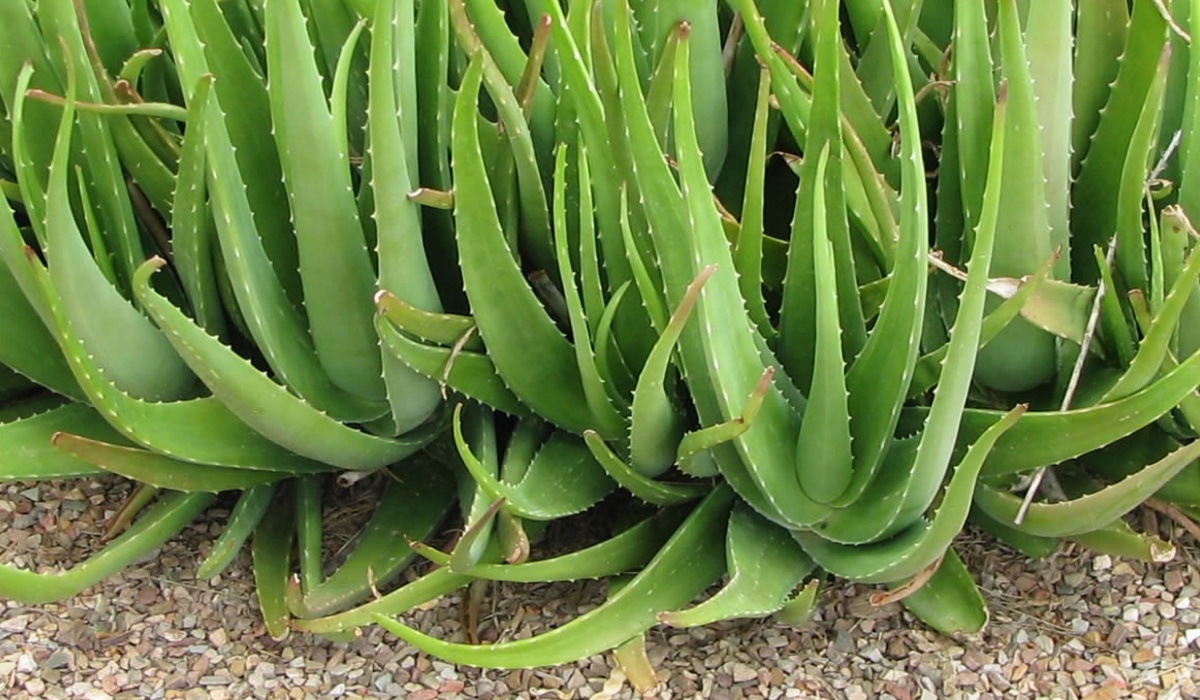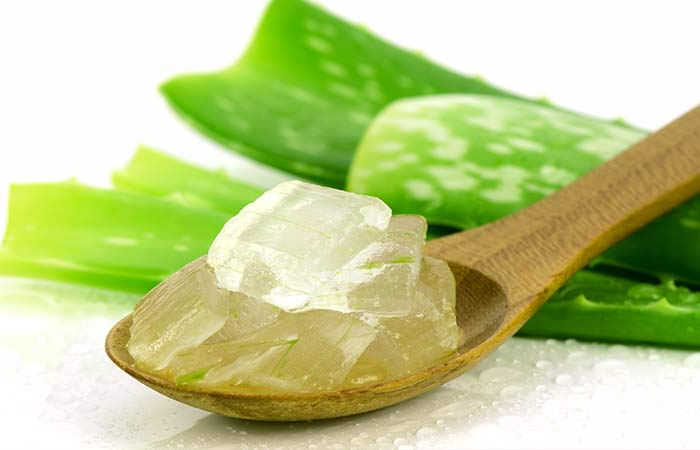Aloe vera (L.) Burm.f.
| Botanical Name | Aloe vera (L.) Burm.f. |
| Order: | Asparagales |
| Family: | Asphodelaceae |
| Genus: | Aloe |
| Species: | A. vera |
| Common Names: | Curacao, French; Aloes vulgaire |
Plant Synonyms
Aloe barbadensis mill
Plant Local Names
Burkina faso: kirma-magno gu dondiale, manding-sinze Toro, Bambara-sogobahu
Cote d’Ivoire: Manding-sinz toro, Maninka-bamalagba, Senufo Dyimni-nimbeleke.
Ghana: Aan-sereberebe, Brong-nsesareso abrobe
Nigeria: Fula fulfulde-Bali nyibi Bali nyiwa, Gwari- omvi, Hausa- zaabuwaa, Yoruba-eti eein Onyinbo
Senegal: Fula – Sgoba hu, Bambara –sogoba Bu, maninka- Kadio kandio.
Togo: Ewe-Adi gbe, Basari-dissawede, Kabye-sulefadium
Plant Habitat
Aloe is perennial herb native to southern and eastern Africa and subsequently introduced into northern Africa, the Arabian Peninsula, China, Gibrator, the Mediterranean countries and West Indies. It is commercially cultivated in Aruba Bonaire, Maiti, India, South Africa the United State of America and Venezuela and it is imported into some countries in Africa including West African sub-region where it is commonly grown in pots and flower beds for variety of local uses
Plant Material of Interest
Whole leaf, yellow juice or transparent colourless gel.
Plant Description
A small stemless rosette of fleshy leaves, 30-40 cm in height, leaves are succulent, growing from the centre of the plant and can vary in length from 0.8 to 60 cm., the thick flashy leaves are able to store large amounts of water during the rainy season and are therefore able to survive throughout the drough in the dry season, lower leaves roselate and spreading or laying on surface of ground; pink or red perianth with pronounced basal swelling truncate at base, abruptly constricted above the ovary with narrowest part above half of the length from the base and enlarging to the throat; inflorescence is simple or branched, either terminal or lateral, with flowers usually shades of orange or red but sometimes yellow or even white, reaching maturity when it measurs 45-120 cm long and has a base of 7.5 cm or greater in diameter, fruit (where available) (Burkill, 1995; Hutcison and Dalziel
Plant Used Parts
Plant Uses
Aloe vera is used in folkloric medicine to treat dermatitis, thermal and sun-burns cystic ache, peptic ulcer, colds, tuberculosis, gonorrhea, asthma, dysentery, headache, fungal infections and diebites
Plant Therapeutic Action
Anticancer, antiviral, cartgartic, analgesic, anti-inflammatory, antiprotozoal, ant parasitic, insecticidal and vulnerary.
Plant Precaution for Use
Excessive or prolonged use may cause nephritis, gastritis, vomiting and diarrhoea, stained with blood mucus.
Plant Adverse Effect
Gastritis, vomiting and diarrhoea
Plant Contraindication
Aloe should not be used in patients with intestinal obstruction or stenosis atony, severe dehydration with electrolyte depletion or chronic constipation, inflammatory intestinal disease ulcerative colitis, irritable bowel syndrome, children under 10 years of age. Not to be used during pregnancy or lactation.
Plant Dosage Forms
Decoction, juice
Dried juice: 50-200mg orally for adults
Decoction: two tablespoonful daily before meals
Plant Dosage
Plant Storage
To be stored in a cool dry place, protected from moisture and light
Plant Chromatographic Fingerprint
Analytical TLC on silica gel G60 F254, 0.25 mm layer in petroleum ether (40-60 Cy/ ?chloroform [2:8], detection in day light, after spraying with anisaldehyde (0.5ml) mixed with 10ml glacial acetic acid, 85 ml methanol and heated to 100- 110C ? for 5-10 min. presence of three characteristic spots with R,s of 0.58 (pink), 0.39 (pink) and 0.21 (pink).
Plant Constituents
Phenolic compounds including anthraquinones and chromones; proteins, carbonhydrate. (Davis 1994; Udupa et al., 1994, Bruce, 1967; Lorenzett et al., 1964 Von Zyl and Viljoen, 2001).
Plant References
African pharmacopeia (1985). Vol 1, First Edition, Lagos, Nigeria: the organization of African Unity’s Scientific Technical and Research Commision.
Ali, I.A Shalably, N.M Elgarnal, M.H., Mousa, A. (1990). Antifumgal effects of different plant extracts and their major components of selected Aloe species. Phytotherapy Research 13:401- 402 Bruce W.G.G. (1967). Investigation pf antibacterial activity in Aloe. South African Medical Journal 41:984.
Burkill A.I.M. (1995). The Usefull Plants of West Tropical Africa Vol.3 Family J-L Kew: Royal Botanic Garden, pp. 492-493.
Davis, R.M. (1994). Anti-inflammatory and wound healing of growth substances in Aloe vera. Journal of American Paediatric. Medicine Association 84:77-81.
Hutchinson, J., Dalziel, J.M. (1958). Floral of West Tropical Africa Vol 1, part 2 London: Crown Agents for Overseas Government and Administration Pp 476.
Lorenzett, I.J. et al., (1964). Bacteriostatic property of Aloe vera. Journal of pharmaceutical society 53:1287-1290.
Odeleye O.M. (2004). Comparative Pharmacognostical studies on Aloe scheinfurthii Baker and Aloe vera (Linn). Burn. F.M. Sc (Pharmacognosy) Thesis, Obafemi Awolowo University, Ile-Ife, Nigeria.
Reynolds, G.W. (1966). The Aloes of tropical Africa and Madagascar Swaziland: The Trustee Aloe Book found in Mbabane.
Sample, S.J Ryke, S.M Reynolds, G.D., Flowe, R.L. (2001). In vitro antiviral activity of the anthraguinonous chrysophic acid against Polovirus Antiviral Research 49:169-148.
Udupa, S.L., Udupa, A.L Kurkkami, D.R. (1994). Anti-inflammatory and wound healing properties of Aloe vera. Filaterapia 65:141-145.



